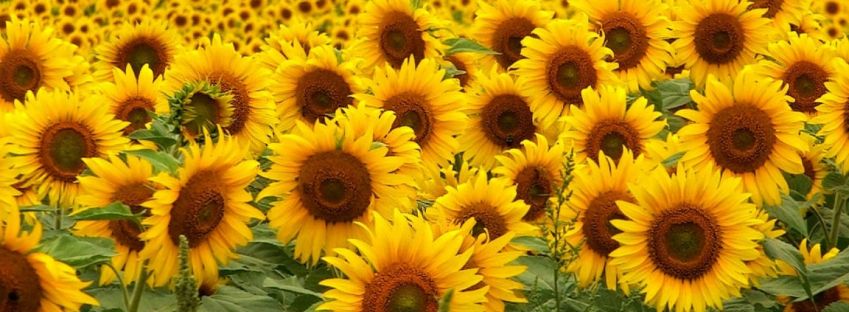
What’s Budding
 perennial sunflowers, chrysanthemums, and colchicums all light up their respective spots in the garden and put on a show. Autumn blooming
perennial sunflowers, chrysanthemums, and colchicums all light up their respective spots in the garden and put on a show. Autumn blooming  clematis vines frame the views and give us pause with their prolific flowers.
clematis vines frame the views and give us pause with their prolific flowers.We begin the process of clearing the fading and spent foliage of the showy performers of summer and let the fall favorites take the stage. Clearing materials that could harbor disease or insects while ensuring the mulch is ready to be that winter blanket in a few weeks is a joy when the warm days linger.
 Now is the time to tuck in a few hardy bulbs where there were blank areas last spring. If your situation is like that of the average gardener, those deer-resistant daffodils and hyacinths are a good choice, along with a selection of alliums for spring through summer. Celebrate what the extra rain this year did for the moisture lovers in your garden, and dig in a little gravel or correct the drainage challenges in the areas that stood too wet this year.
Now is the time to tuck in a few hardy bulbs where there were blank areas last spring. If your situation is like that of the average gardener, those deer-resistant daffodils and hyacinths are a good choice, along with a selection of alliums for spring through summer. Celebrate what the extra rain this year did for the moisture lovers in your garden, and dig in a little gravel or correct the drainage challenges in the areas that stood too wet this year.
We are so fortunate that our seasons are distinct, often intense, and ever-changing. Michigan has so much to offer the gardener and the appreciator of gardens.

On the Green Side
A large variety of Aglaonemas do not require a lot of effort to keep happy. One of the newer and hardier varieties is the “Jewel of  India”. This plant has been bred to withstand cooler temperatures without harm. Some can be cold-sensitive, but the Jewel of India can handle temperatures as low as 40 degrees, without suffering damage. This variety also has low watering requirements. Aglaonemas are one of the plants used in the NASA Clean Air Study and have been shown to help remove formaldehyde.
India”. This plant has been bred to withstand cooler temperatures without harm. Some can be cold-sensitive, but the Jewel of India can handle temperatures as low as 40 degrees, without suffering damage. This variety also has low watering requirements. Aglaonemas are one of the plants used in the NASA Clean Air Study and have been shown to help remove formaldehyde.
Sansevieria, also known as Snake plant, is another hardy houseplant that can adapt to dark, drafty and dry conditions. This plant does best with medium light as the color striations will be more pronounced, but it can tolerate dismal conditions to which other indoor plants would succumb. There are many varieties available with variegation, textures, shapes, and colors to choose from, and all help clean the air.
best with medium light as the color striations will be more pronounced, but it can tolerate dismal conditions to which other indoor plants would succumb. There are many varieties available with variegation, textures, shapes, and colors to choose from, and all help clean the air.
Digging In
It’s not too late to divide and transplant your perennials. Dividing perennials helps to keep them healthy and rejuvenated. Many perennials form large clumps that need division every three to four years to maintain their vigor. Check out this article from Fine Gardening for more information on dividing and transplanting your perennials.
The Buzz


